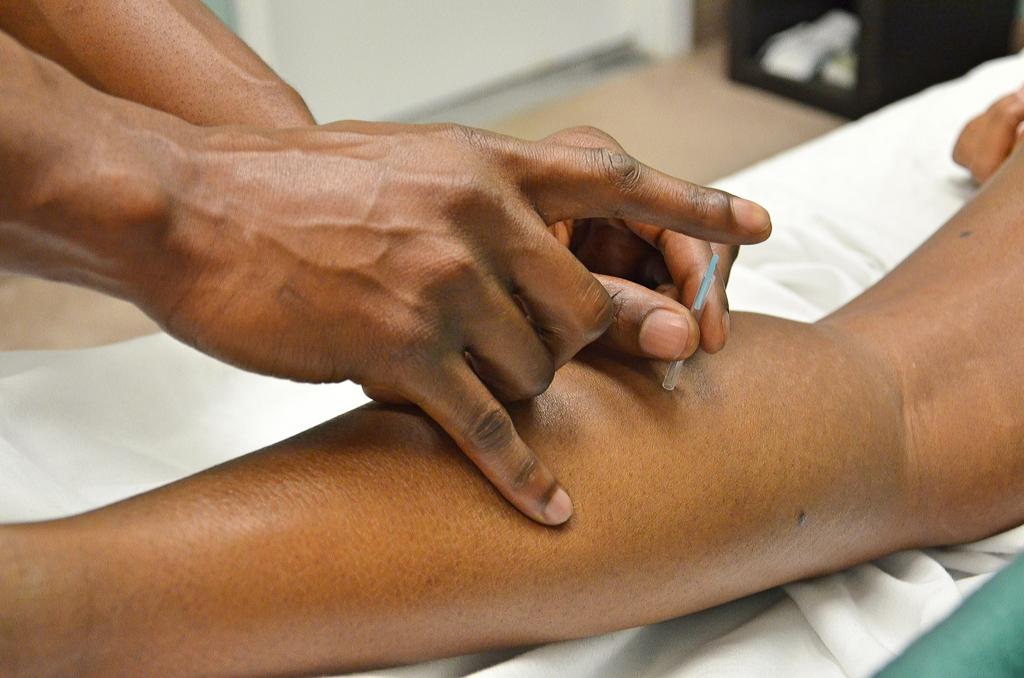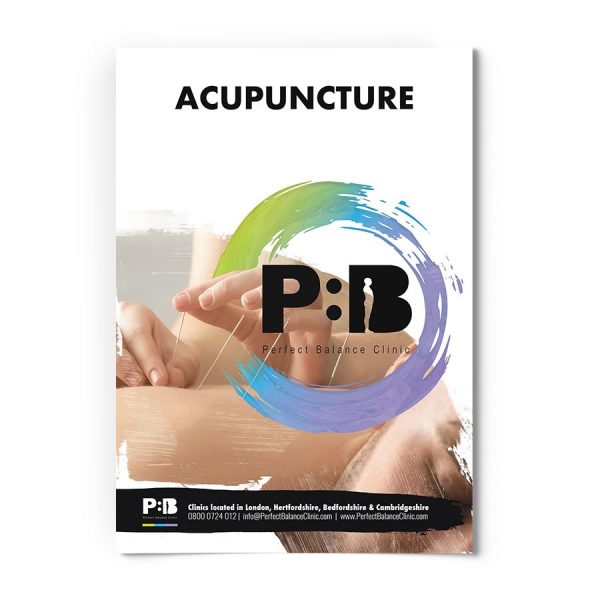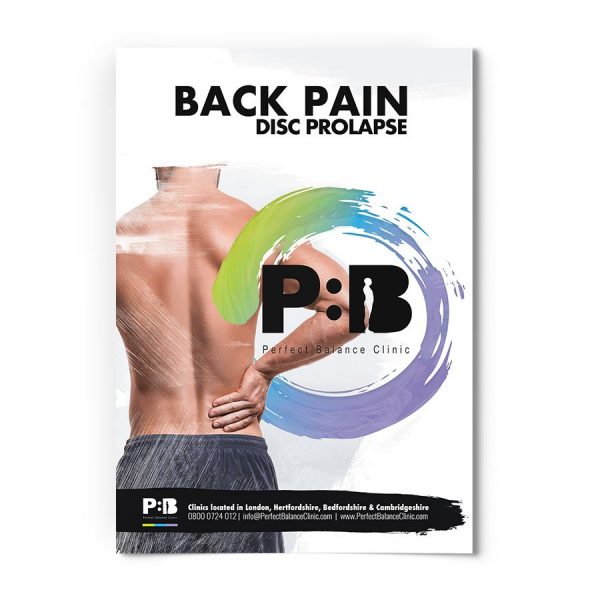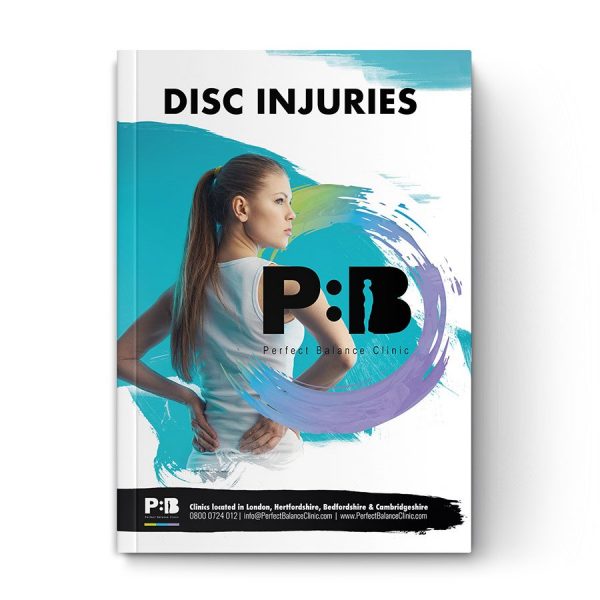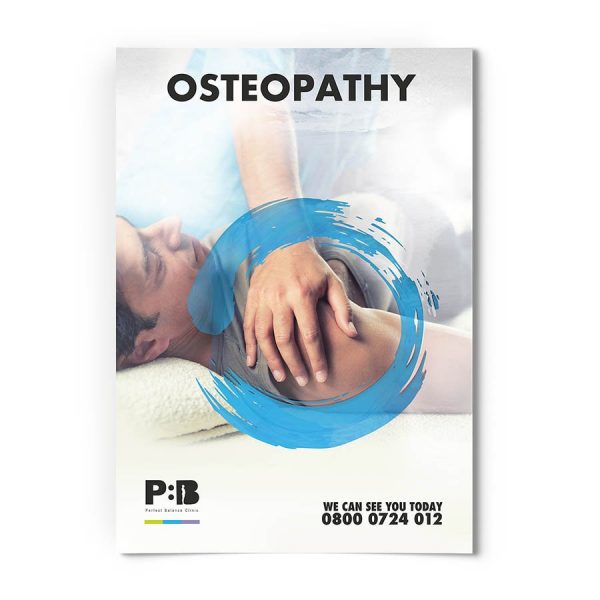What are dry needling and acupuncture?
This is a common question that is often raised in clinical practice as well as outside of the clinic. There are some similarities and some differences between dry needling and acupuncture. Although both similar there are fundamental differences that lead to very different results in the effects of dry needling and acupuncture on pain and conditions being treated.
Dry needling
This uses fine needles that are inserted into the skin, fascia (tissue that surrounds the muscles and separates muscle compartments), deep muscles, tendons, and sometimes the joints and bones.
When your practitioner inserts the needle, a twitch may be observed, or a sensation felt in that specific region that may radiate to a different area (but do not fear, this is not dangerous it is part of the treatment!). The length of time the needles are left in varies from individual to individual depending on how quickly the client’s body responds. The duration is also based on the practitioner examining the treated area of muscle and looking at its tone.
The main aim of dry needling is to relax the muscle from the increased tone, which is often the most common complaint seen in the clinic.
Dry needling has an electrophysiological basis and results in the following changes which are all evidence-based and form the main reaction to dry needling techniques.
- Disruption of the motor endplate
- Restore levels of calcitonin gene-related peptide (CGRP), substance P and Hydrogen ions
- Promotes normal acetyl-choline levels
- May stimulate platelet-derived growth factor (promoting the healing response)
- Quietens spontaneous motor activity related to abnormal acetyl-choline
Acupuncture
This also uses fine needles that are inserted into the skin, but they are inserted into specific meridians (channels). A part of Chinese traditional ancient medicine, these channels are thought to relate to certain organs in the body. Needles are inserted to around 1mm deep, which is not too deep, unlike dry needling. Often clients may feel a sensation as the needle passes through the skin, but this is usually no more than a slight sting.
This also uses fine needles that are inserted into the skin, but they are inserted into specific meridians (channels). A part of Chinese traditional ancient medicine, these channels are thought to relate to certain organs in the body. Needles are inserted to around 1mm deep, which is not too deep, unlike dry needling. Often clients may feel a sensation as the needle passes through the skin, but this is usually no more than a slight sting.
The main aim is to stimulate the flow of chi (energy) around the body. It is believed by the Chinese tradition that blockage of the chi pathways can lead to pain and discomfort.
The reason why you feel the sting with dry needling/acupuncture
A practitioner will look for the area in the muscle that is painful (often caused by a myofascial trigger point a stressed muscle that forms a knot, which in turn causes pain). In the muscles, there are special receptors called nociceptors (no-c-cep-tors). There are various types of these nociceptors and the one that is associated with this particular pain is the polymodal type. These types of receptors become activated when the needle enters that particular painful spot on the muscle and sensitises it.
What does dry needling/acupuncture do to the muscle?
When these polymodal-type receptors become activated with the application of an acupuncture/ dry needle, the receptors will become activated, so brief pain may be felt in the area. However, by inserting these needles into myofascial trigger points or tender regions of a muscle, pain increase can lead to the person increasing their pain threshold, leading to a decrease in pain. The muscle itself will decrease in tone as a result2.
What is a myofascial trigger point?
Myofascial trigger points/myofascial pain is a common cause of musculoskeletal pain and research leads to a hypersensitive location in the tissue.
A myofascial trigger point is defined as a hyperirritable, localised, palpable nodule that rests on a taut band of muscle. The literature suggests that dry needling can reduce short-term pain sensitivity.
Overall, the main effect of acupuncture or dry needle therapy is to decrease the resting tone of the muscle, to relax it, and increase your pain threshold so to decrease the pain felt. It is an effective treatment for myofascial trigger points or general musculoskeletal pain. It helps in the reduction of painful symptoms. It will also aid osteopathic and/or other manual therapies and, with an additional exercise prescription set by your practitioner, help to get you prepared to challenge the world again!
Figure: This is a picture of acupuncture/dry needling needles. Those on the far right are the needles used in Perfect Balance Clinic4.
For more information about Acupuncture/Dry Needling
This article was written by our team of specialist therapists at Perfect Balance Clinic. If you would like more specific advice about how our team can help you with this condition or symptoms you may be having, please complete the contact form below and one of the team will get back to you shortly.


